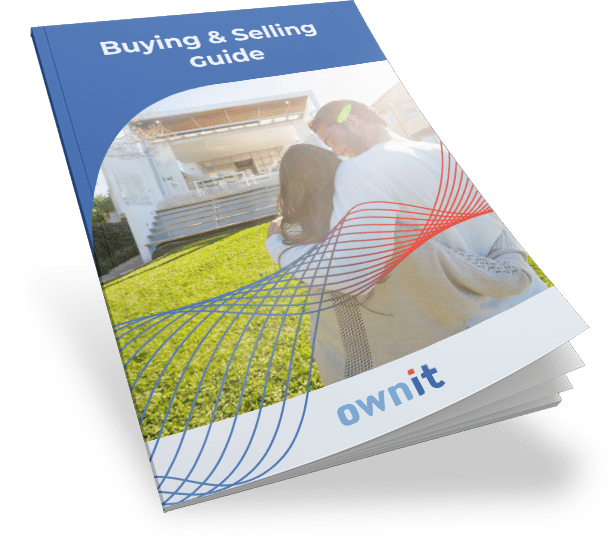
Conveyancing is the complete process of transferring land ownership from one person to another under the provisions of a contract for the sale of land. To understand the buying journey and how conveyancing works, it is important to know that each Australian state has its very own set of regulations when it comes to the procedures. However, each state also follows a similar process, with only minor differences in the specifics.
If you’re buying or selling property, you’ll need to sign a contract outlining the specifics of the transaction. Under the written terms of the agreement, both parties have responsibilities and rights. It’s the Conveyancer’s duty to see that everything is done on time.
Buying Property in Queensland
In Queensland, a Law Firm must perform all paid conveyancing services. The Queensland Law Society and the Legal Services Commission administer a Legal Profession Act that governs the practice of law in Queensland.
Conveyancers and Paralegals can work in these law firms, but a Solicitor must oversee their work at all times during the transaction.
The Step-By-Step Process for Buyers
Queensland’s conveyancing process for the purchase of property follows the following sequence:
1. Signing the Contract
The buyers and the seller need to sign the contract of sale before the conveyancing process can begin.
Before signing the contract, we strongly advise to obtain legal advice to ensure that the contract covers all your conditions. Any issues you have regarding the property can be voiced and changed during this essential period!
As soon as the contract is signed, you need to make arrangements for property and general liability insurance.
2. Cooling off period
A cooling-off period of 5 business days starts once the contract has been signed and received by all parties. During this time, you are not bound by the contract and are free to walk away from it anytime. Although, a penalty fee may apply.
3. Finance
When organising a mortgage to fund your repayments, the next step is to supply your financier with a copy of the contract.
It’s incredibly exciting once you receive formal approval from the lender. And in this instance, you’ll be informed of the approval status.
4. Building and Pest Inspection
The property may be inspected by a Building Inspector if the contract is subject to a Building and Pest Inspection report.
This is an important step as there may be issues with the property that you were unaware of during the pre-purchase inspection. As a result of the findings of the building and pest inspection, you may be eligible for a price reduction or the termination of the contract.
5. Searches
There are a number of searches that are conducted on the property as part of the normal transfer process, these include:
- Title Search
- Registered Plan of the Land
- Full Council Rates Search
- Land Tax Certificate
- Queensland Transport Search
- Contaminated Lands Search
- Company Search
- Body Corporate Information Certificate
- Bankruptcy Search
- Court Register Search
- Townsville City Council Heritage Search
- Flood Search
- Title Search on the day of settlement
You may also want to also conduct a few additional searches on the property for your own peace of mind!
6. Once the Contract is Unconditional
Get in touch with your conveyancing solicitor to confirm the settlement date as soon as the contract becomes unconditional.
Also, remember to verify whether your mortgage documentation has been signed and submitted to your bank before a settlement is booked.
While you may have to wait at least a week before your bank can process your settlement, once the contract is finalised, we recommend that you contact your bank to begin this process.
In order to get your name added to the title as the new registered owner, the necessary settlement documents will be produced.
Then you can compile and submit all essential paperwork to pay the appropriate transfer duty to the Office of State Revenue.
In addition, your Conveyancer will figure out how much you owe at settlement and arrange for your bank to organise the transfer you need.
7. Settlement
The term “Settlement” is when the money is handed over to purchase a home, and the legal documentation is obtained so that ownership of the home can be transferred to the buyer.
If you’re buying a property, your conveyancer will figure out how much money you’ll have to pay in taxes and council fees.
“Adjustments” refer to these sums. Searches by your Conveyancer yield these numbers, which are then sent to the seller’s Conveyancer for review.
A deal is struck between the buyer’s and seller’s conveyancers, and the buyer’s Conveyancer instructs the seller’s Conveyancer on how to write up the settlement checks. After that, the Conveyancers for the seller and the buyer decide on a date and location for settlement.
Are you starting the exciting journey of searching for a new home in Queensland or Victoria? Ownit is expanding across the nation and is now offering conveyancing services in Victoria-wide!
If so, don’t hesitate to reach out! Ownit helps buyers move in happy!
Settle it. Ownit. Love it.


